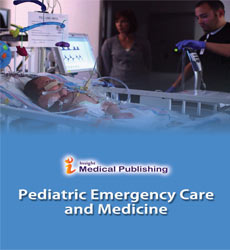Abstract
Bronchopulmonary Dysplasia and Pulmonary Hypertension in need of Cardiologist Innovation and Research
A major cause of mortality in premature infants with bronchopulmonary dysplasia (BPD) is the formation of pulmonary hypertension (PH). Early, accurate screening and diagnosis is essential for the prevention and treatment for this complication. Routine screening for PH among BPD patients may be considered in light of higher odds of morbidity and possible short and long-term morbidities. The questions that remain unanswered are; when and how to improve the accuracy of echocardiography. Cardiac catheterization remains the gold standard for diagnosis and prognostication of pulmonary hypertension. However, due to risks with catheterization, echocardiography has become the mainstay for screening, diagnosis and follow-up during treatment. In determining the modality of screening and diagnosis, it is important to understand the limitations and risks associated with each method. More cardiologists are needed that are interested in these questions and are ready to innovate and possibly create a registry for this population.
Author(s):
Paul H Dahm
Abstract | Full-Text | PDF
Share this

Google scholar citation report
Citations : 50
Abstracted/Indexed in
- Google Scholar
- International Committee of Medical Journal Editors (ICMJE)
- Secret Search Engine Labs
Open Access Journals
- Aquaculture & Veterinary Science
- Chemistry & Chemical Sciences
- Clinical Sciences
- Engineering
- General Science
- Genetics & Molecular Biology
- Health Care & Nursing
- Immunology & Microbiology
- Materials Science
- Mathematics & Physics
- Medical Sciences
- Neurology & Psychiatry
- Oncology & Cancer Science
- Pharmaceutical Sciences

